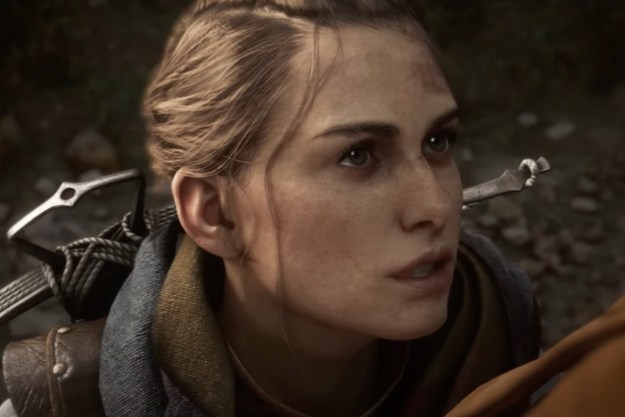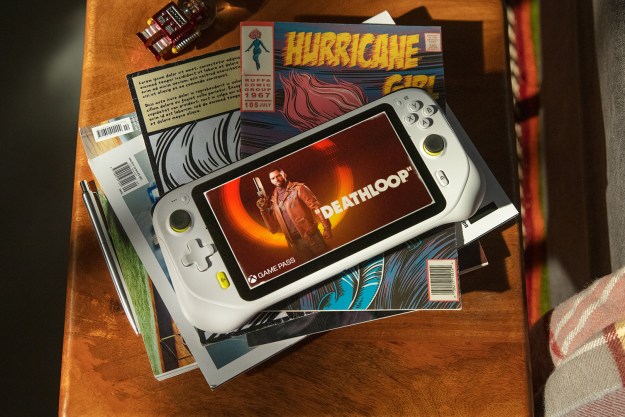
Survival game The Long Dark is the latest on a growing list of games to vanish from Nvidia GeForce Now.
The streaming service allows subscribers to play games if purchased through a digital store, but The Long Dark director Raphael van Lierop said Nvidia never asked his Hinterland Studio for the rights to stream the game. In the revealing tweet, van Lierop stressed the importance of developers controlling where and how their games are played.
Sorry to those who are disappointed you can no longer play #thelongdark on GeForce Now. Nvidia didn't ask for our permission to put the game on the platform so we asked them to remove it. Please take your complaints to them, not us. Devs should control where their games exist.
— Raphael van Lierop (@RaphLife) March 1, 2020
Van Lierop added that once he contacted Nvidia, his team was asked whether or not to keep the game running on GeForce Now, which he declined. Nvidia apologized for the mistake and offered him a free GPU for his trouble.
While The Long Dark is the latest game removed from GeForce Now, it’s not the first and likely won’t be the last. In February, Activision-Blizzard removed 20 of its games, including nine Call of Duty games, Sekiro: Shadows Die Twice, World of Warcraft: Battle for Azeroth, and Overwatch. Nvidia hopes the games will return to GeForce Now and called their initial inclusion a “misunderstanding” over permission.
Later that month, publisher Bethesda followed Activision-Blizzard’s lead and removed its catalog from GeForce Now. However, the newer Wolfenstein: Youngblood will remain playable.
GeForce Now emphasized that publishers maintain full control over whether or not their game is supported. This is true even though the service is integrated with Steam and other digital game retailers rather than using an exclusive GeForce Now store. It mentioned that one highly anticipated game, Cyberpunk 2077, will support GeForce Now, so players without powerful PCs will be able to buy it on Steam and play without issue.
GeForce Now’s approach differs from one of its biggest competitors, Google Stadia. Stadia games must be purchased for Stadia alone, meaning players can’t access them locally across systems. Because of this, there is no confusion for publishers regarding which of their games are on Stadia.
Despite recent setbacks, GeForce Now is off to a strong start. More than 1 million players have tried out the service or paid for a subscription so far, as it was available via a free beta before its official paid February launch.
Editors' Recommendations
- Nvidia just made GeForce Now so much better
- Microsoft pledges to bring Xbox PC games to Nvidia GeForce Now
- We now know the eye-watering price of Nvidia’s RTX 4090 gaming laptops
- CES 2023: Nvidia GeForce Now is coming to internet-enabled cars
- Great, now even the RTX 4090 power connectors are starting to melt



